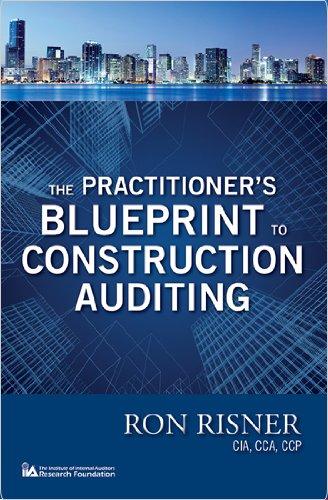Question
Assume the following information for the first year of operations for a company that sells only one product for a price of $48 per unit:
Assume the following information for the first year of operations for a company that sells only one product for a price of $48 per unit:
| Variable cost per unit: | ||||
| Direct materials | $ | 25 | ||
| Fixed costs per year: | ||||
| Direct labor | $ | 140,000 | ||
| Fixed manufacturing overhead | $ | 200,000 | ||
| Fixed selling and administrative expenses | $ | 70,000 | ||
1. The company does not incur any variable manufacturing overhead costs or variable selling and administrative expenses. During its first year of operations, the company produced 20,000 units and sold 18,000 units. The company wishes to compare an absorption costing system that assigns $7.00 of direct labor cost and $10.00 of fixed manufacturing overhead cost to each unit produced with a super-variable costing system. Which of the following statements is true when comparing these two cost systems?
Multiple Choice
-
The absorption costing net operating income will be $24,000 less than the super-variable costing net operating income.
-
The absorption costing net operating income will be $34,000 less than the super-variable costing net operating income.
-
The absorption costing net operating income will be $24,000 greater than the super-variable costing net operating income.
-
The absorption costing net operating income will be $34,000 greater than the super-variable costing net operating income.
2. The company does not incur any variable manufacturing overhead costs or variable selling and administrative expenses. During its first year of operations, the company produced 20,000 units and sold 18,000 units. During its second year of operations, in produced 20,000 units and sold 22,000 units. What is the net operating income in Year 2 using super-variable costing?
Multiple Choice
-
$96,000
-
$82,000
-
$86,000
-
$92,000
3. The company does not incur any variable manufacturing overhead costs or variable selling and administrative expenses. During its first year of operations, the company produced 20,000 units and sold 18,000 units. During its second year of operations, in produced 20,000 units and sold 22,000 units. The company wishes to compare a variable costing system that assigns $7.00 of direct labor cost to each unit produced with a super-variable costing system. Which of the following statements is true when comparing these two cost systems in Year 2?
Multiple Choice
-
The variable costing net operating income will be $14,000 less than the super-variable costing net operating income.
-
The variable costing net operating income will be $126,000 less than the super-variable costing net operating income.
-
The variable costing net operating income will be $14,000 greater than the super-variable costing net operating income.
-
The variable costing net operating income will be $126,000 greater than the super-variable costing net operating income.
Step by Step Solution
There are 3 Steps involved in it
Step: 1

Get Instant Access to Expert-Tailored Solutions
See step-by-step solutions with expert insights and AI powered tools for academic success
Step: 2

Step: 3

Ace Your Homework with AI
Get the answers you need in no time with our AI-driven, step-by-step assistance
Get Started


